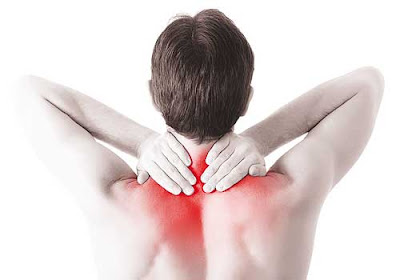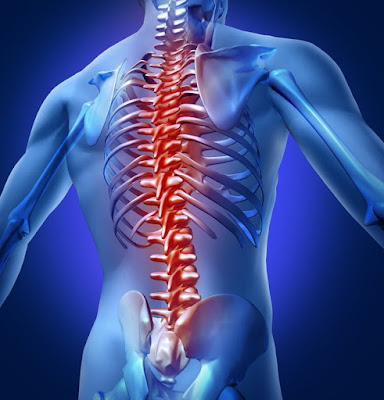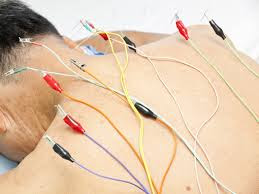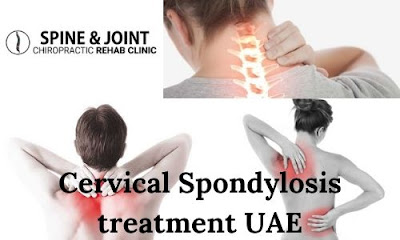Cervical spondylosis often pointed to as “neck arthritis” is a general degenerative condition of the cervical spine and may be connected with mineral deposits in the cushions between the vertebrae. Clinically it manifests itself with symptoms such as neck and shoulder pain, suboccipital pain and headaches, radicular symptoms such as shooting pain down the arms. The bones and protective cartilage in your neck are prone to wear and tear that can have Cervical Spondylosis treatment UAE.
 |
| Cervical Spondylosis treatment UAE |
In advance stages, it symptomatically manifests itself by:
Some people who have it never experience symptoms. For others, it can make chronic, severe pain, and stiffness. However, several people who have it can conduct normal daily activities.
Weakness or numbness in the hands, fingers, and arms of an individual.
Headaches that spread out to the rear side of the head.
Losing one’s balance.
If there is compression on the spinal cord, a loss of bowel or bladder controls.
Symptoms of cervical spondylosis may appear in those as young as 30 years, and spondylosis usually starts earlier in men than in women with 90% onset older than 50 and 90% in women older than 60. In some patients, cervical spondylosis can start to narrow the spinal canal, resulting in pressure which may affect the strength to walk. Historically the Cervical Spondylosis treatment is wearing a cervical collar or neck brace in the day to lessen the motion of the neck as well as to reduce irritation to the nerves. Cervical collar immobilization treatments have several doubters of their efficacy.
The taking of anti-inflammatory drugs that is non-steroidal like ibuprofen to provide relief for the pain and a physical therapist may also prescribe exercises to strengthen the muscles of the neck as well as stretching of the shoulders and neck. Water sports or daily walking may also benefit in relieving the condition.
 |
| Cervical Spondylosis treatment UAE |
The new treatments include the value of at-home interferential therapy (IFT) to:
Reduce the pain throughout the painful areas
Increase the blood flow
Prevent muscle spasticity.
Provide holdover pain relief to slow the progression of the disease.
Increase range of motion through walking and rehab. Exercises can occur more frequently and for more extended periods.
Reduce swelling if inflammation is present.
The protocol to achieve the above is to have available a home interferential unit for use, on an as-required basis, as well as a preventive once the diagnosis is established. Exclusive use may prevent or retard eventual deterioration and symptomatic responses.





